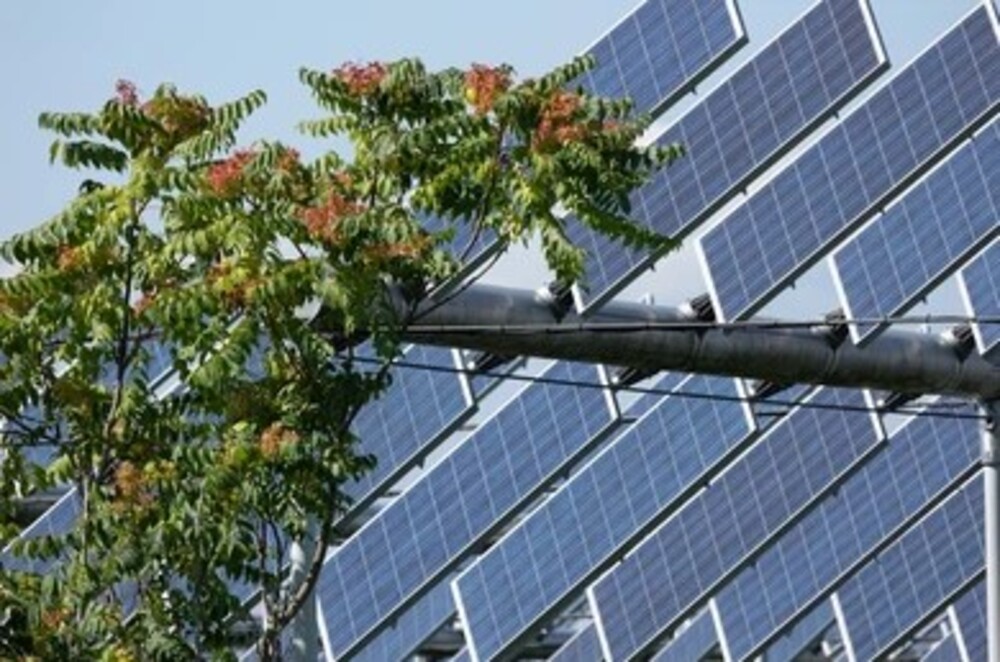Agrivoltaics, also known as “dual-use agriculture,” is a new and innovative approach that combines solar energy and food production.
In the past, the choice between using land for agriculture or solar panels has been contentious. However, agrivoltaics allows for both to coexist and even benefit each other. Utilizing the same plot of land for solar energy and agriculture, this new approach is a solution for sustainability and food security.
The advantages of agrivoltaics
Efficient land use
Agrivoltaics maximizes land use efficiency by allowing the use of the same plot of land for both solar energy production and agriculture.
Traditional solar farms require a lot of space and often take up valuable land that could be used for agriculture. With agrivoltaics, the same plot of land can be used to produce food and generate clean energy at the same time, ultimately reducing the amount of land needed for both.
Increased crop yields
Research has shown that agrivoltaics can actually increase crop yields by providing shade, reducing water loss, and regulating soil temperature.
For example, in a study conducted in Germany, researchers found that combining crops with solar panels led to a 60% increase in crop yield compared to traditional farming practices. This is because the panels provided shade during the hot summer months, which helped to keep the soil cooler and prevented water loss through evaporation.
Energy Generation
Agrivoltaics can generate a significant amount of energy. In fact, some studies have shown that agrivoltaic systems can produce up to 30% more energy than traditional solar farms. The energy generated can be used to power the farm and the surrounding community, reducing reliance on fossil fuels.
Cost-Effective
Agrivoltaics can also be cost-effective. By using the same plot of land for both agriculture and solar energy production, farmers can reduce their land costs and generate additional income from selling excess energy back to the grid.
Challenges and Solutions
While agrivoltaics offers many advantages, there are also some challenges that need to be addressed. For example, installing solar panels in fields can be challenging due to irrigation and other farming practices. However, solutions are available. For instance, solar panels can be installed on elevated platforms or on the sides of buildings, reducing their impact on crops and farming activities.
Another challenge is maintenance. Solar panels require regular cleaning and maintenance, which can be difficult in a farming environment. However, newer technologies are making maintenance easier and more cost-effective. For example, some solar panels are now self-cleaning, using rainwater to wash away dirt and debris.
Catch the sun, catch the opportunity
Agrivoltaics represents a significant opportunity to address both the challenges of sustainable agriculture and renewable energy production.
By utilizing the same plot of land for both, agrivoltaics can reduce land use, increase crop yields and make food production much more eco-friendly.

